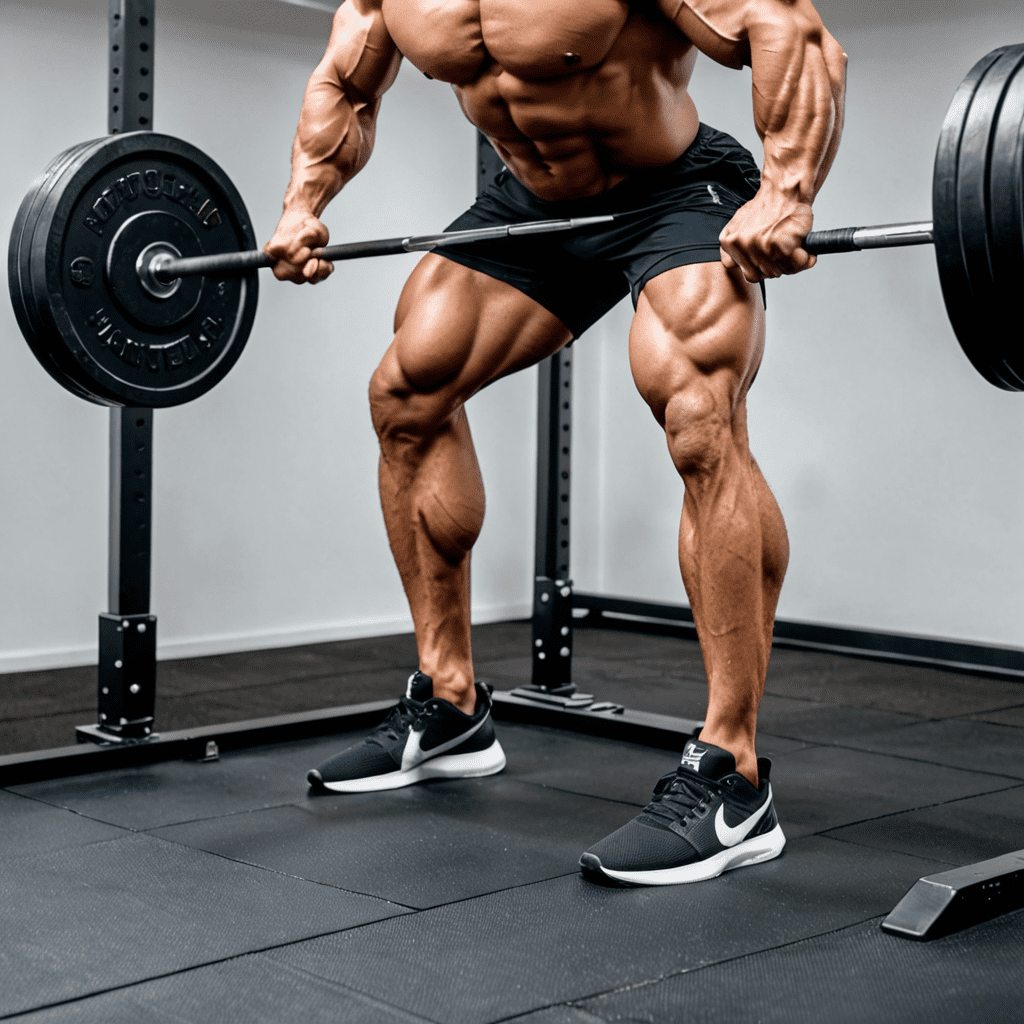
Ideal Foot Position for the Perfect Squat: Finding Your Sweet Spot
The Importance of Correct Foot Position in Squats
Proper foot positioning is crucial for performing squats correctly and efficiently. It not only helps maintain balance and stability but also ensures proper engagement of the lower body muscles while minimizing the risk of injury. In this article, we will delve into the optimal foot width for squats and provide insights on finding your sweet spot.
Anatomical Considerations in Determining Foot Width
Before exploring the ideal foot position, it’s essential to understand how individual anatomy can influence optimal foot width. Factors such as hip structure, limb length, and flexibility can vary among individuals, affecting their ability to perform squats with different foot positions.
Basic Guidelines for Foot Width in Squats
While a one-size-fits-all approach may not work, there are some broad guidelines to help determine the optimal foot width for squats:
- Shoulder-width stance: A good starting point for most individuals is to position their feet at approximately shoulder-width apart.
- Toe angle: Point your toes slightly outwards, typically at a 5-20 degree angle. This helps activate the glutes, hips, and hamstrings while promoting proper knee alignment.
- Trial and error: Experiment with different foot widths and toe angles to find what feels most comfortable and allows you to maintain proper form throughout the squat movement.
Considerations for Different Types of Squats
The ideal foot position may also vary depending on the type of squat you are performing. Here are a few examples:
- Back Squat: A wider foot stance is often preferred to accommodate the barbell resting on the upper back. The feet can be positioned slightly wider than shoulder-width apart.
- Front Squat: A more narrow foot stance is typically used to allow the barbell to rest on the front delts and collarbone. Position your feet just outside shoulder-width apart.
- Sumo Squat: This variation involves a wide foot stance with toes pointed outward, resembling a sumo wrestler’s stance. It targets the inner thighs and glutes.
Frequently Asked Questions (FAQ)
Q: Is there a universally perfect foot width for squats?
A: No, the ideal foot width for squats can vary based on an individual’s anatomy, flexibility, and personal comfort. It is essential to experiment and find the foot width that feels most stable and allows proper form.
Q: How can I ensure proper form while squatting?
A: Apart from finding the right foot width, it’s essential to maintain a neutral spine, engage your core muscles, bend at the knees and hips, and lower until your thighs are parallel to the ground. If you are unsure about your form, consider consulting a qualified fitness professional for guidance.
Q: Can squatting with incorrect foot width lead to injuries?
A: Yes, performing squats with improper foot width can increase the risk of injuries, especially to the knees, lower back, and ankles. It is crucial to find the optimal foot positioning to ensure proper muscle activation and joint alignment.
Q: Should I consult a professional before making adjustments to my squat technique?
A: If you have any concerns about your squat technique or are experiencing pain or discomfort while performing squats, it is highly recommended to consult a qualified fitness professional, such as a personal trainer or physical therapist, who can provide personalized guidance based on your specific needs.
By understanding the importance of proper foot position and finding your sweet spot in terms of foot width, you can maximize the effectiveness of your squats while reducing the risk of injuries. Remember to listen to your body, experiment with different foot positions, and seek professional guidance if needed.


